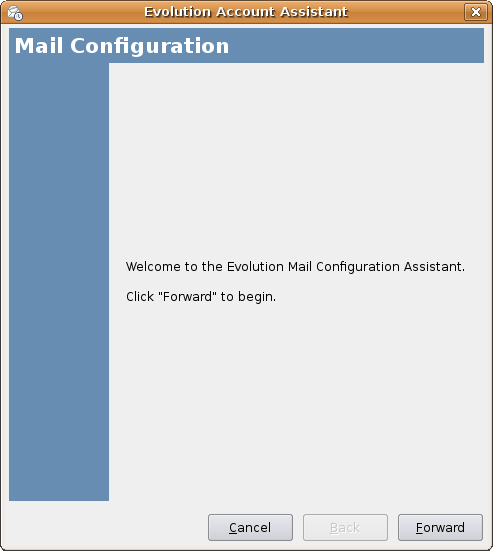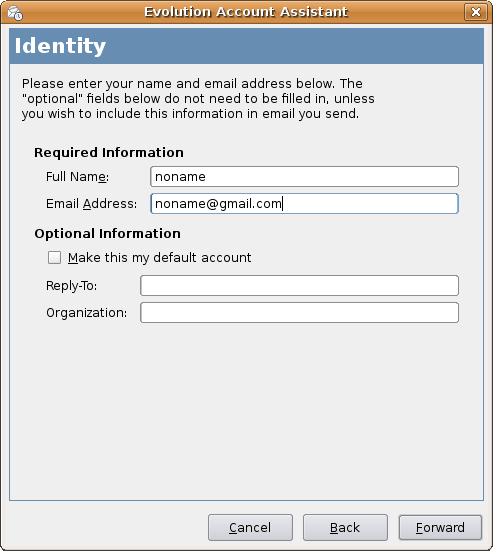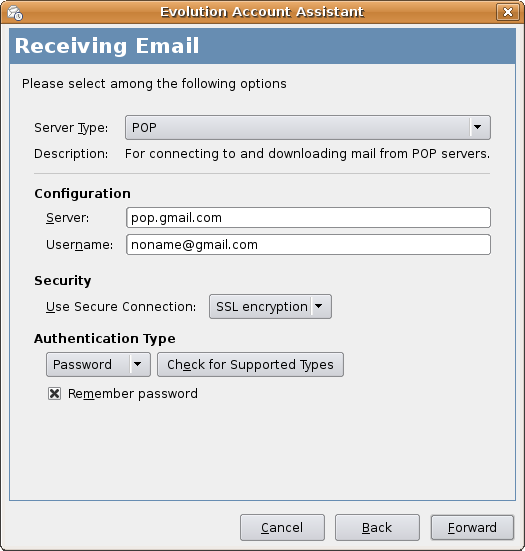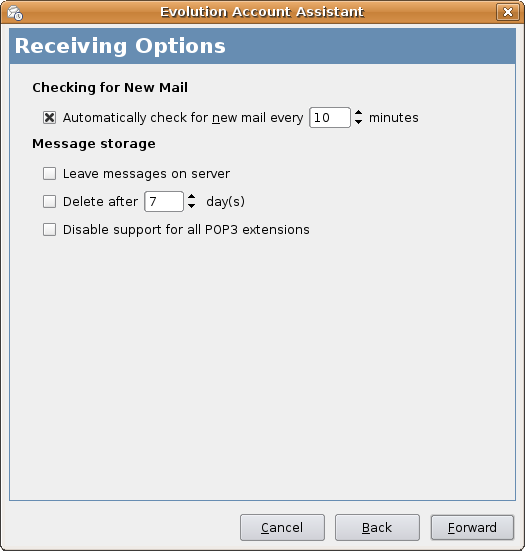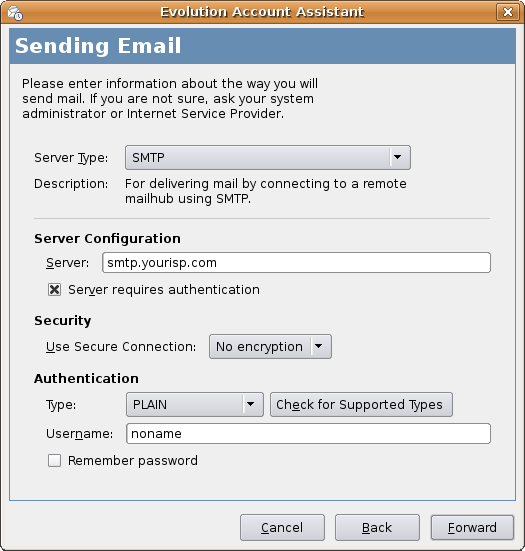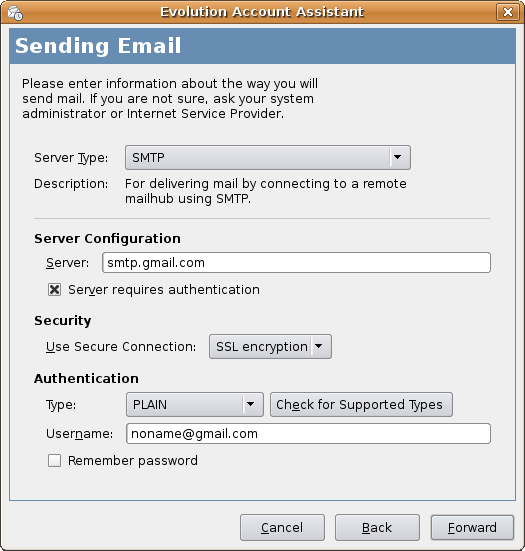vnstat is another app that can be used to monitor bandwidth usage. It is a little simpler and easier to use then the ipac-ng package. One of the benefits of vnstat is it’s not a running daemon so it takes up no memory. The process is created via a cron job which is run every 5 minutes.
Install
The vnstat package is very easy to install from the repositories with no dependencies.
sudo apt-get install vnstat
Setup
vnstat is meant to be used by any user so it needs to be set up that way first by giving correct permission. The following gives any user permission to use this feature. If desired you can set up a group so only users in the group can use this.
sudo chmod o+x /usr/bin/vnstat
sudo chmod o+wx /var/lib/vnstat/
Now vnstat should be ready to run
Usage
To create the cron job simply run this command
vnstat -u -i ath0
Replace ath0 with the interface you want to monitor
This creates a file in /var/lib/vnstat/ that collects the data for that interface. A cron job will run every 5 minutes to update the data. Below is a sample output with no options.
Database updated: Thu Jan 12 22:20:01 2006
ath0
received: 0.11 MB (nan%)
transmitted: 0.01 MB (nan%)
total: 0.12 MB
rx | tx | total
-----------------------+------------+-----------
today 0.11 MB | 0.01 MB | 0.12 MB
-----------------------+------------+-----------
estimated 0 MB | 0 MB | 0 MB
You can read more about options you can use to modify the output in the man page of vnstat.
0.000000
0.000000

